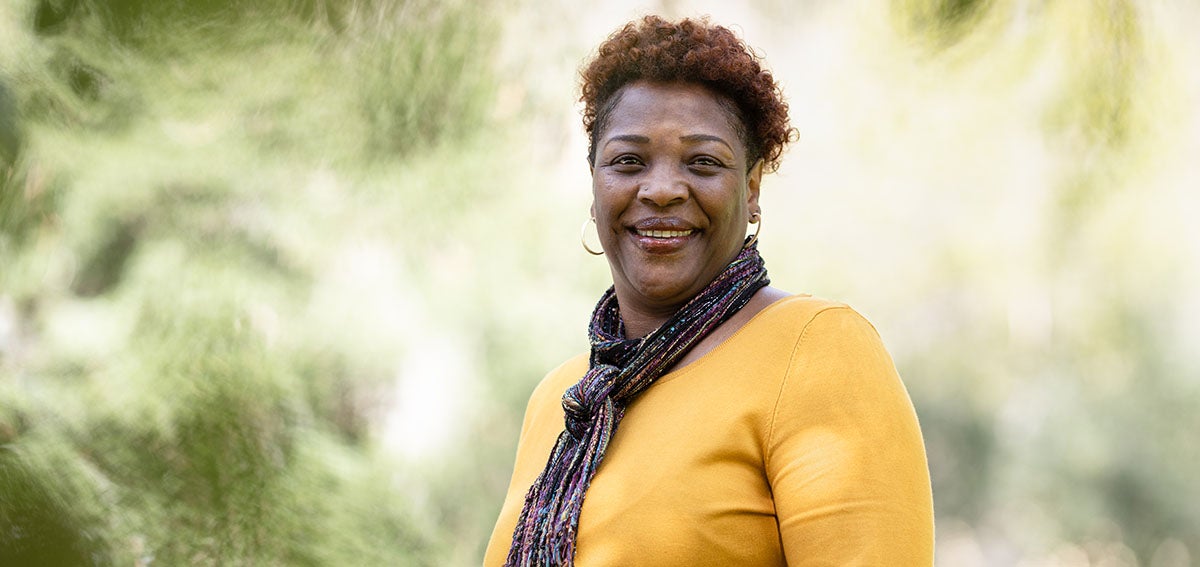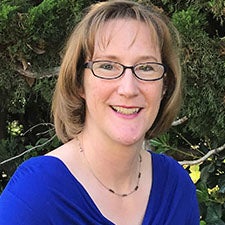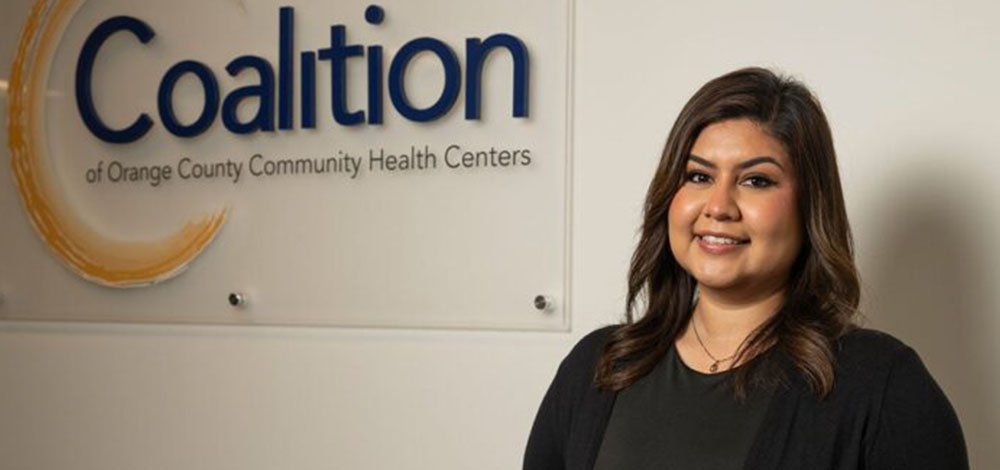|
Getting your Trinity Audio player ready…
|

An unprecedented number of Californians are facing the task of renewing their eligibility for Medi-Cal, the state’s Medicaid health insurance program for people with low incomes and those with disabilities. During the COVID-19 pandemic, enrollees were given a reprieve from the annual reenrollment process because the federal government prohibited states from removing people from Medicaid. This temporary policy helped millions maintain coverage, but now that the public health emergency is over, local Medi-Cal offices are redetermining the eligibility of more than 15 million enrollees. This massive “unwinding” of the federal continuous coverage policy began on April 1, 2023, and is due to be completed on May 31, 2024.
This is one in a series of CHCF blogs spotlighting the perspectives of government agencies, community-based organizations (CBOs), and other key groups on the front lines of the unwinding in California. How are Medi-Cal members faring during the process? What is going well and what can be improved? What are we learning that can be used to streamline Medi-Cal enrollment and retention processes, even after the unwinding?
I recently put these questions to Njeri McGee-Tyner, senior director of healthcare access at Alameda Health Consortium, a network of eight community health centers that provide medical, behavioral health, and dental services to more than 280,000 patients in Alameda, Contra Costa, and Solano Counties. The organization also provides training, resources, and technical support for enrollment counselors who help patients renew and enroll in Medi-Cal at these health centers. Our interview has been edited for length and clarity.
Q: What are some of the challenges your organization and its patients have faced with Medi-Cal reenrollments?
A: In the fall, the state consolidated two electronic eligibility and enrollment systems into one system. Since this change, our eligibility counselors no longer have access to real-time online information about patients’ Medi-Cal accounts. Historically, this information has been crucial when we try to help people either obtain or maintain Medi-Cal health coverage. Previously we could see when coverage was discontinued and help people figure out why this had happened. For example, sometimes patients needed to send proof of their current income, and we could help them do that electronically. We could easily assist with adding a child to a case after a patient had a baby. Many of our patients rely on us to assist them with enrollment, so the lack of online access has left us feeling powerless. Patients can appoint one of our enrollment counselors to be an authorized representative, so we can contact a county eligibility worker who is designated to work as a client advocate—but the wait times on the phone can be more than an hour. We have also tried helping patients set up their own BenefitsCal account [an online portal to manage benefits for health coverage, food, and cash assistance], so they can access enrollment information themselves. But it takes time to set this up, and they often do not have the required information, such as a personal email account.
Q: What changes could improve the reenrollment process in the remaining months?
A: We are hoping the state will give community-based organizations working as enrollment assisters online access to more extensive enrollment information about Medi-Cal cases in the new electronic system, so we are better equipped to support patients during the unwinding. It would also be helpful to have more county staff workers or other resources dedicated to supporting patients who need to quickly reenroll in Medi-Cal because they are dealing with an urgent health need, such as surgery or a medication refill. The renewal packet is overwhelming, and it was 64 pages the last time I counted. I’d like to see a streamlined version of the packet.
Q: What bright spots have you seen in this process?
A: The state did a great job with the DHCS Coverage Ambassador Program, particularly with providing posters, scripts for videos and mailers, and customizable templates for social media messaging that we could use to let patients know about the unwinding period and the importance of updating their contact information. The state provided this material in multiple languages, and these resources saved our organization a lot of time and enabled us to get the message out quickly to many people.
Another bright spot was applying for and receiving more than $1 million from the state Medi-Cal Health Enrollment Navigators Project. This allowed us to hire or pay existing staff for the hours they spent on the campaign to help people with enrollment and reenrollment in Medi-Cal during the unwinding.
Q: What improvements have you seen or hope to see to increase access to health care?
A: At the outset of the unwinding, the federal government put in place “flexibilities” for states to make it easier to reenroll people in Medi-Cal, and this has been incredibly helpful. For example, they increased the income threshold for automatic renewal of coverage. Before the pandemic, the income threshold was 138% of the federal poverty level for automatic renewals, and now it is 151.8%. This means people who earn less than $30,543 per year in California do not have to fill out a renewal packet. There are also flexibilities related to seniors and people with disabilities.
My hope is that the federal government will maintain these flexibilities even after the unwinding. Improvements like this have helped us minimize the number of patients who have lost health care coverage. We were anticipating that a high volume of patients would lose coverage, which would significantly affect the revenue in our clinics because at least 65% of the patients are on Medi-Cal. Fortunately, the volume of enrollments in Medi-Cal has remained fairly steady, thanks to the federal flexibilities, navigator funding from the state, the outreach campaign, and other programs supporting the unwinding process. I would like to see the state and federal governments continue these programs and work with CBOs to find more ways to simplify the Medi-Cal renewal process going forward.
Authors & Contributors

Heather Stringer
Heather Stringer is a freelance health and science journalist based in San Jose. She studied civil engineering at Stanford University and started her journalism career at a daily newspaper in Fremont. Heather began covering health care as a staff writer and editor at a nursing magazine and launched her freelancing career in 2003. Her work has been published in Scientific American, Monitor on Psychology, Cure, Proto, and Nurse.com.

Constanza Hevia H.
Constanza Hevia H. is a Chilean documentary photographer and filmmaker. She documents visual stories focused on social and cultural issues. Constanza uses photography, audio, and video as tools for social observation and as a language to communicate narratives that usually are not represented in mainstream media and society.
Based in both San Francisco and in Chile, she is a member of Women Photograph, Foto Féminas, and Diversify Photo. She works for a variety of nonprofits and organizations with social justice missions. Her work has been published in the San Francisco Chronicle, The Guardian, and the Wall Street Journal, among others.





